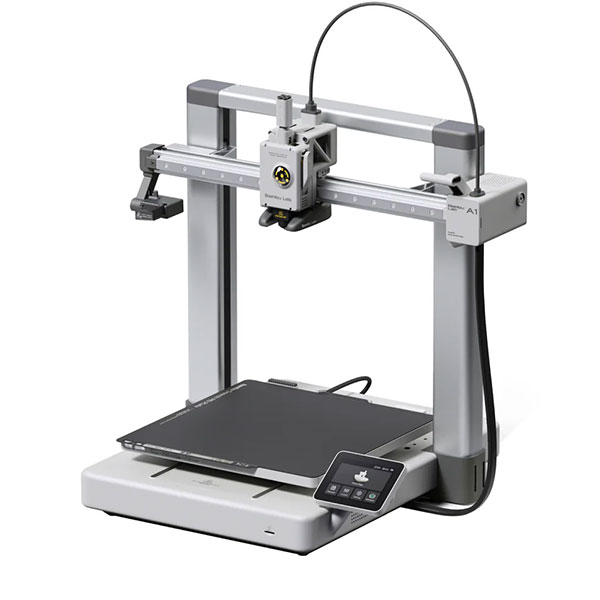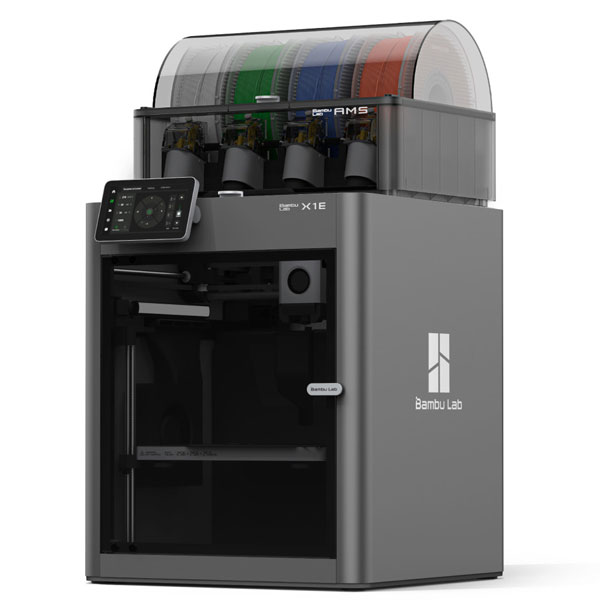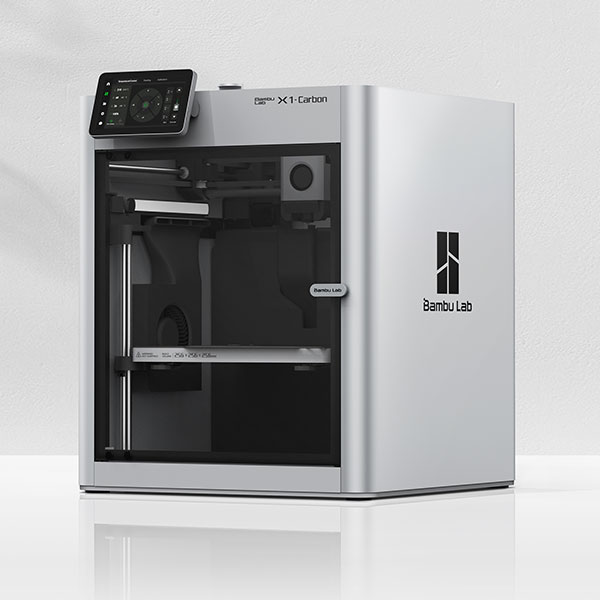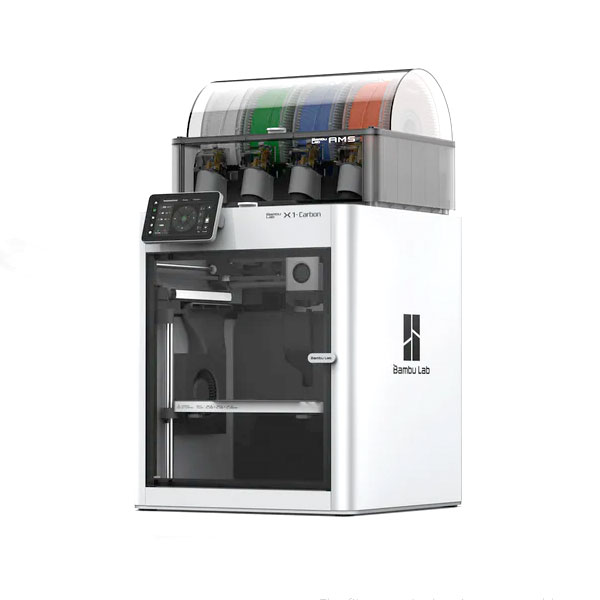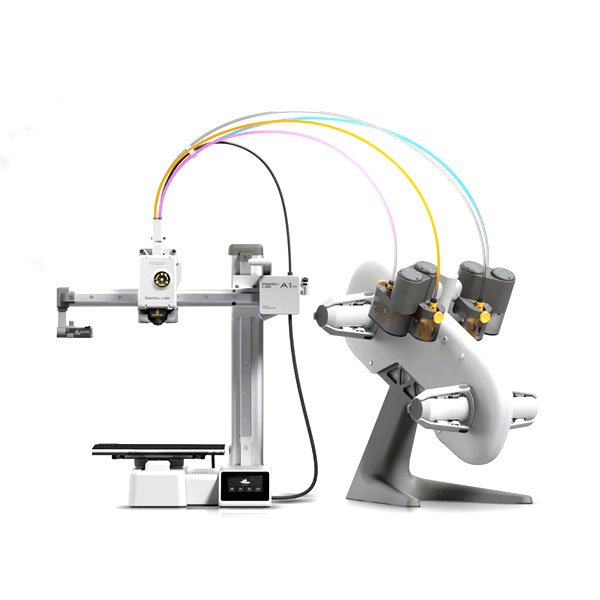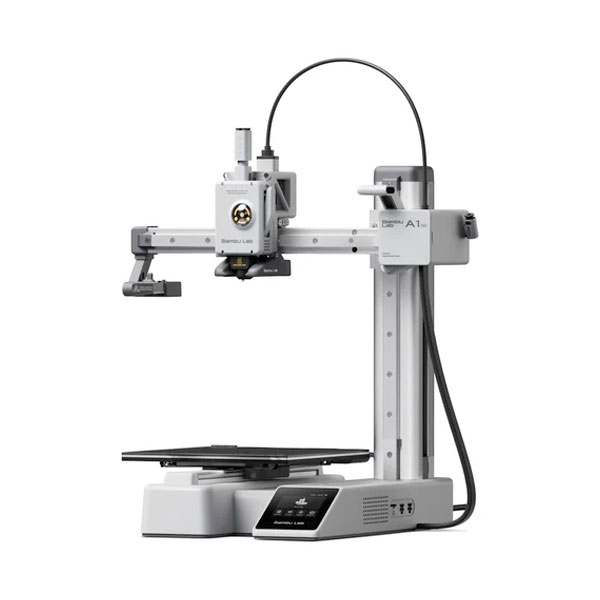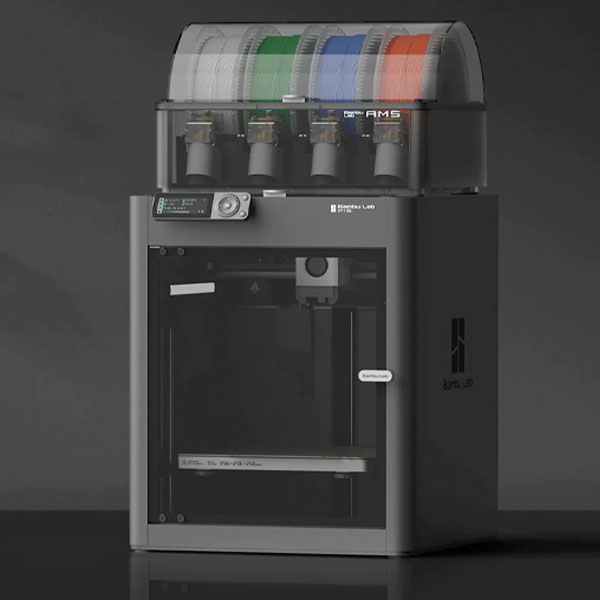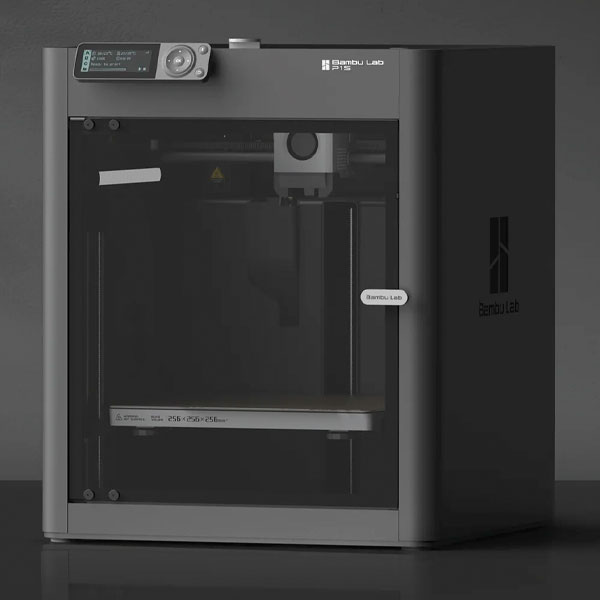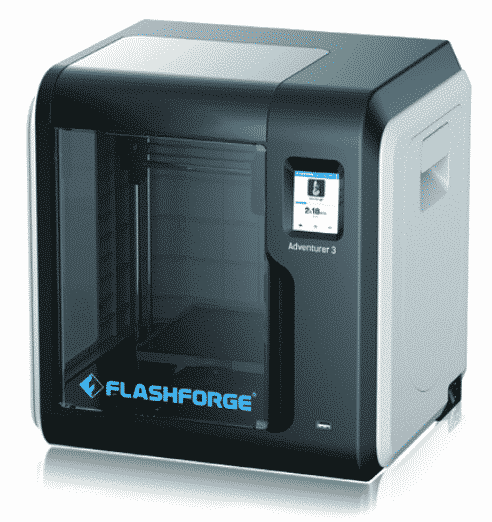5182+ reviews
Order by 16:00 for same day shipping
14 days return
EN
Individual
Business
Filters
Price
to
Arduino WiFi
3D Housing
Variant
FDM
FDM stands for Fused Deposition Modeling. This means that you heat a plastic wire to just above the melting point. This plastic is then glued together layer by layer, creating a 3D object. FDM 3D Printing is currently the most widely used technique for 3D Printing. View our range and order the best FDM Printer for you.
10 products found
Sort by:
What is an FDM 3D printer and how does it work?
An FDM 3D printer uses a technique called Fused Deposition Modeling. It is the most popular 3D printing method, both for home and professional use. The printer heats a plastic wire, also called filament. This molten material is built up layer by layer into an object. A print head, also called an extruder, accurately controls the filament. The object is created on a heated print bed.
A big advantage of FDM printing is the wide choice of materials. Commonly used filaments are PLA, PETG and ABS. PLA is perfect for beginners. It is easy to print and hardly deforms. PETG and ABS are better for strong or heat-resistant parts.
Modern FDM printers are easy to use. Many models have automatic bed leveling, smart calibration and user-friendly software. You design a 3D model yourself or download one. Then you load it into a slicer program, such as Cura or Bambu Studio. This program makes the design suitable for printing. The printer converts the design into layers and starts printing. The end result depends on the printer settings, filament type and printer quality.
What to look for when choosing an FDM 3D printer?
When choosing an FDM printer, it is good to consider your experience and wishes. For beginners, a model with automatic functions is useful. Choose a printer that works immediately without much assembly. Automatic calibration is a big plus.
For advanced users, adjustable parameters are more important. They often want expansion possibilities and compatibility with more materials. The build volume is also important. This determines how large your objects can be. For normal use, 220x220x250 mm is usually sufficient. Larger prints require a larger volume.
Printing speed is another point of interest. Fast printers save time, especially for larger projects. With some models, such as those from Bambu Lab, speed does not come at the expense of quality.
The design of the printer also plays a role. Open models provide easy access and visibility during printing. Closed models keep the temperature stable. This is better with materials such as ABS. Additional functions can increase ease of use. Think of a touchscreen, WiFi, camera or a sensor that measures the filament level.
Practical applications of FDM 3D printers
FDM printers are widely applicable. They are ideal for hobbyists. You can make your own parts, housings or decorations. Think of key rings, phone holders or parts for model building. In education, they help students to convert ideas into tangible objects. They stimulate creative and technical thinking.
In the professional world, FDM is an efficient method for prototypes and small productions. Think of electronic housings, test parts or custom products. The low costs make it attractive for design and development.
Artists, cosplayers and architects are also increasingly using FDM printers. By playing with material, colour and post-processing, unique creations are created.
Thanks to innovation, FDM printers are becoming faster, more accurate and easier to use. Whether you are just starting out or an expert, there is a model that suits your needs. Do you have questions or are you looking for advice? Please contact us. We are happy to help you.
